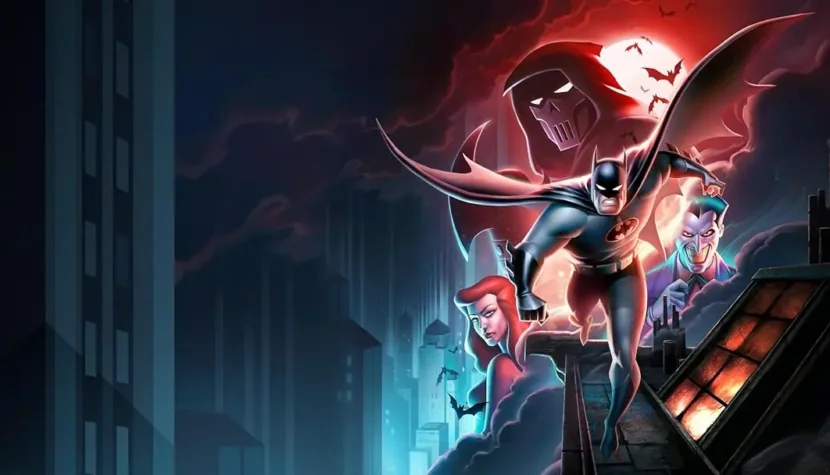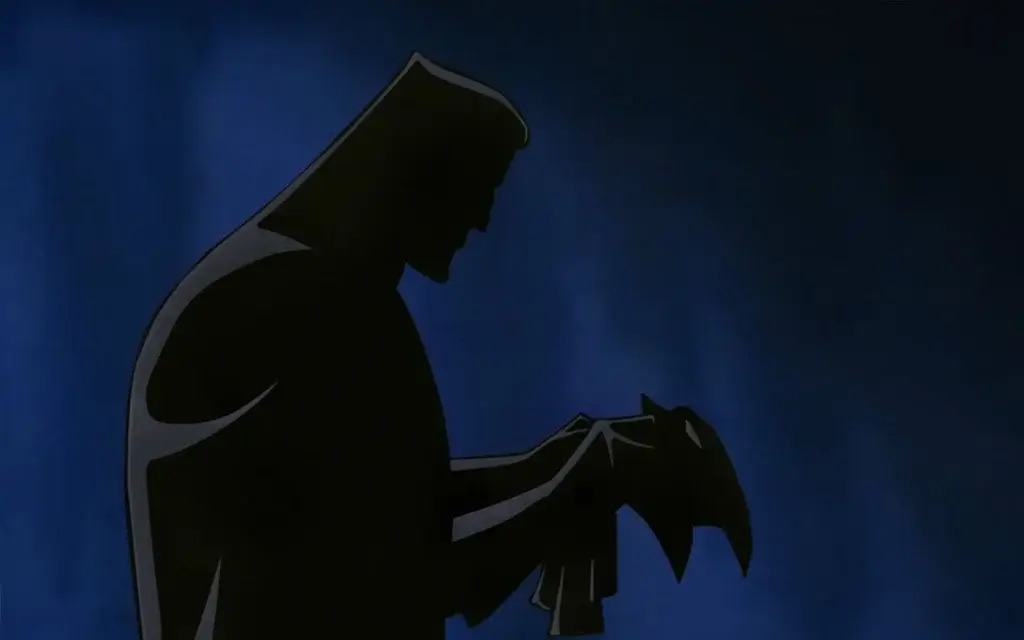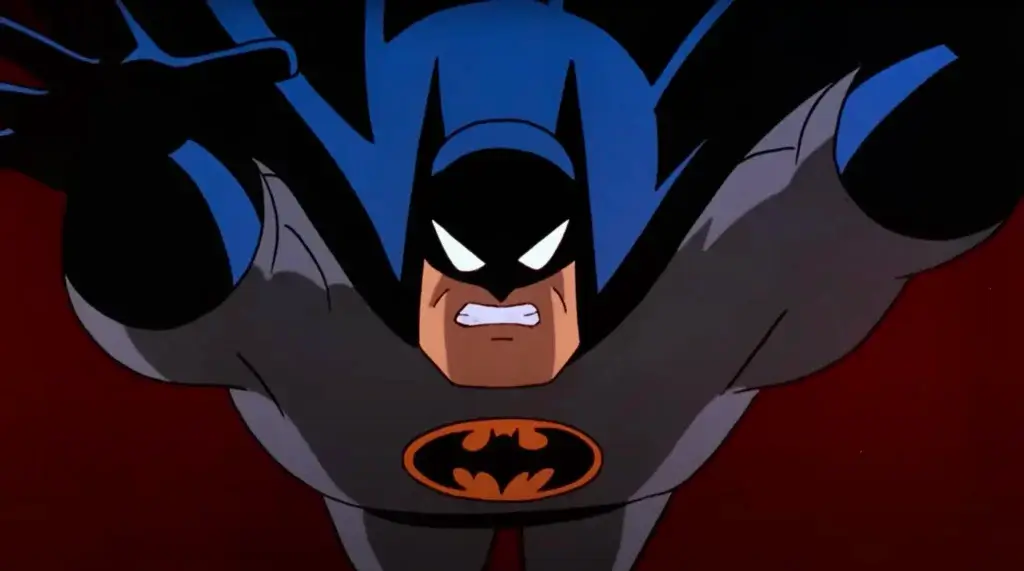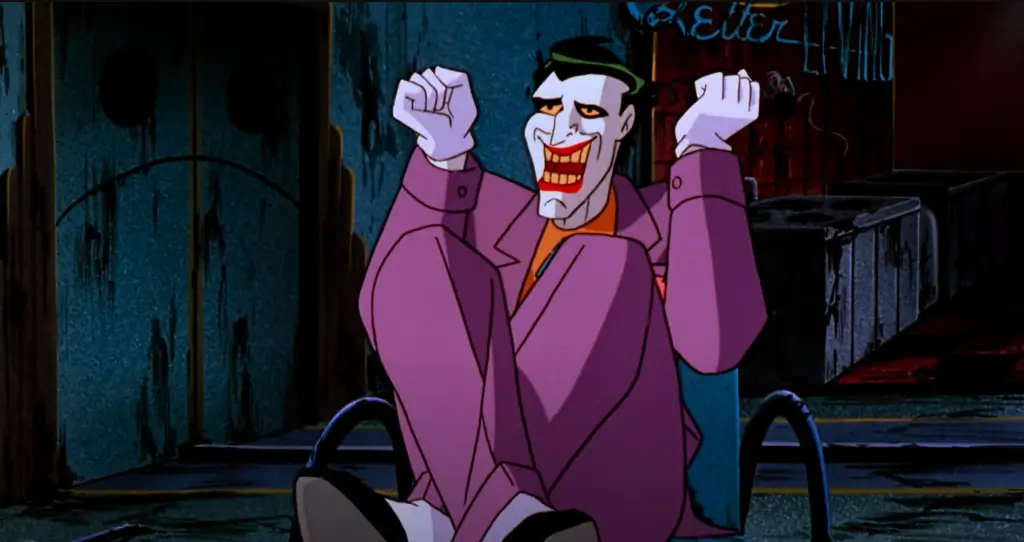BATMAN: MASK OF THE PHANTASM. This animated movie perfectly defines who the character is

I’m a casual fan of Batman. I don’t know all of his villains or allies. I haven’t spent hours reading the comics, and I don’t know much about his creators. To me, the Dark Knight is a character from television, movies, and a few games. My relationship with Batman began with the wonderful “Batman: The Animated Series”, which aired in the evenings. At first, Tim Burton’s gloomy films provoked more fear and dislike in me than fascination. I preferred the colorful, flashy world of Joel Schumacher. I saw Nolan’s films from a different perspective—no longer as a child, but as a more conscious viewer.
My ranking of the various Batman installments has evolved. Currently, the 1989 “Batman” by Burton is closest to my heart. However, paradoxically, I also appreciate the campiness of “Batman and Robin” and the stylized realism of “The Dark Knight”. What I find most valuable is that, unlike many other movie franchises, the Batman series really showcases diverse interpretations of the character. These films may sometimes be flawed or naive, but they are never anonymous. They may even be considered auteur films. The cinematic world of Batman is a highly diverse place, full of contradictions: an aesthetic mix of camp, grandeur, darkness, and rainbow-colored vibrancy.

Yet no matter my age or what I expect from cinema, “Batman: Mask of the Phantasm” has always been at the top of my list of Batman films. This animated movie perfectly defines who the character is. The creators explore yet another level of his psychological portrait. Of course, the core remains the shocking death of his parents and the trauma Bruce battles by taking justice into his own hands. It won’t bring back his mother and father, but it at least gives him peace, knowing no one else will suffer as he did.
For the creators of “Batman: Mask of the Phantasm”, though, this isn’t enough of a reason to become Batman. It is also the heartbreak and broken engagement with Andrea Beaumont. She was Bruce’s chance to truly move on and stop dwelling solely on his past. Only after losing his beloved does he decide to don the cape and dedicate everything to defending the citizens of Gotham, as he has nothing left to lose. In “Batman: Mask of the Phantasm”, this moment is given dramatic weight and genuine pathos.
The romance, presented in extensive flashbacks, is not just a digression but a fully developed subplot, even becoming a crucial part of the film’s crime story. Andrea’s father, a businessman, got tangled up with local gangsters, accumulating significant debt. Unable to pay them back, he fled to Europe with his daughter. Unfortunately, he couldn’t escape death. Years later, Andrea returns to Gotham, coinciding with the appearance of a mysterious figure who begins eliminating local thugs.

“Batman: Mask of the Phantasm” is a brilliantly written, captivating story. All of the threads and timelines—Bruce’s failed relationship and inner transformation, Andrea’s father’s murder, Batman’s investigation into the murders by the unknown antagonist—are skillfully intertwined. The creators delve into the motivations of the main characters, ensuring they don’t feel two-dimensional. The most important aspect is what’s hidden beneath the mask. It’s possible that no other Batman movie so convincingly portrays Bruce’s evolution. We delve deep into Bruce Wayne’s psyche.
It’s a dark, serious story.
The animation also has a thoughtful visual style. It was crafted by the creators of “Batman: The Animated Series”, who were undoubtedly influenced by Tim Burton’s earlier films. The music feels like a variation on the soundtrack composed by Danny Elfman. “Batman: Mask of the Phantasm” is also steeped in a noir atmosphere, often playing with light and shadow. The gangsters wear coats and hats, smoking cigars. The dense cityscape makes Gotham feel like a giant labyrinth, and the many skyscrapers and drab apartment blocks seem to inspire nothing but depression. Gotham feels like a city of the dead.

Of course, “Batman: Mask of the Phantasm” also had to feature the Joker (voiced once again by Mark Hamill, as in “The Animated Series”). Just like in “The Dark Knight”, he is hired by gangsters, fearing for their lives, to kill Batman, who has been falsely accused. The Clown gets a hefty advance and, naturally, agrees. However, he’s also involved in the murder of Andrea’s father. The script of “Batman: Mask of the Phantasm” is a clever, logical puzzle.
In the final confrontation between Joker and Batman, which takes place in the villain’s lair (a ruined amusement park, part circus), there’s a short but meaningful scene. The two characters, moving through various locations, enter a room with a miniature model of Gotham City. Joker hides behind the tiny buildings while Batman cautiously looks for his eternal foe.
This scene contains a beautiful metaphor and reveals the meta-level of “Batman: Mask of the Phantasm”. The creators understand that they are telling a story about great characters—titans of pop culture—who have grown far beyond the landscape of Gotham City itself.

